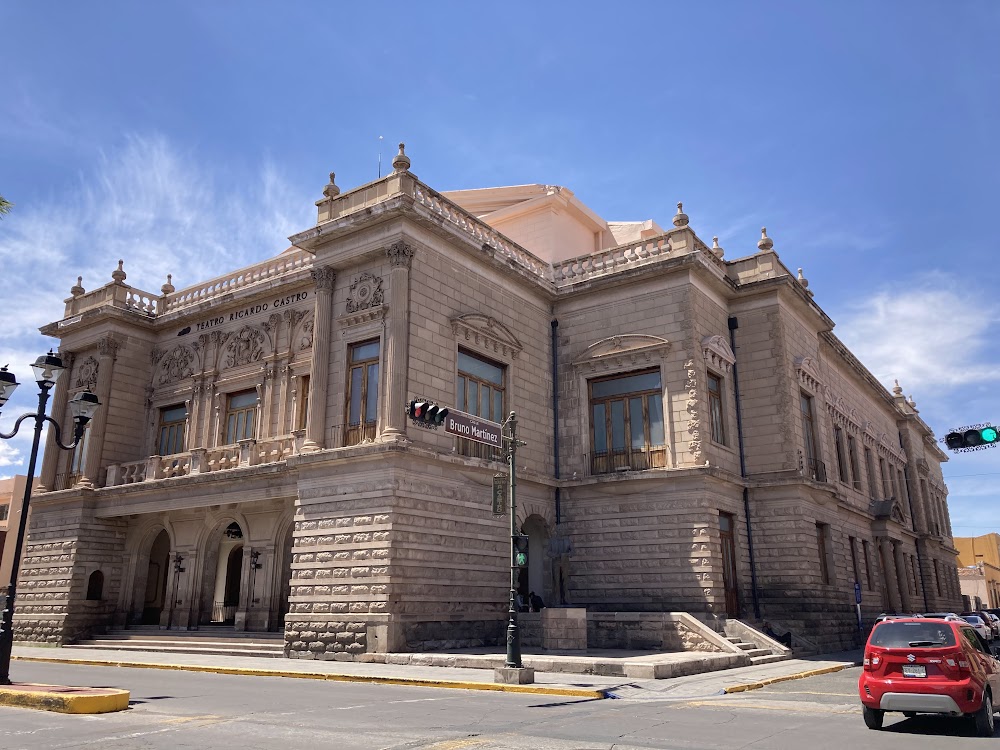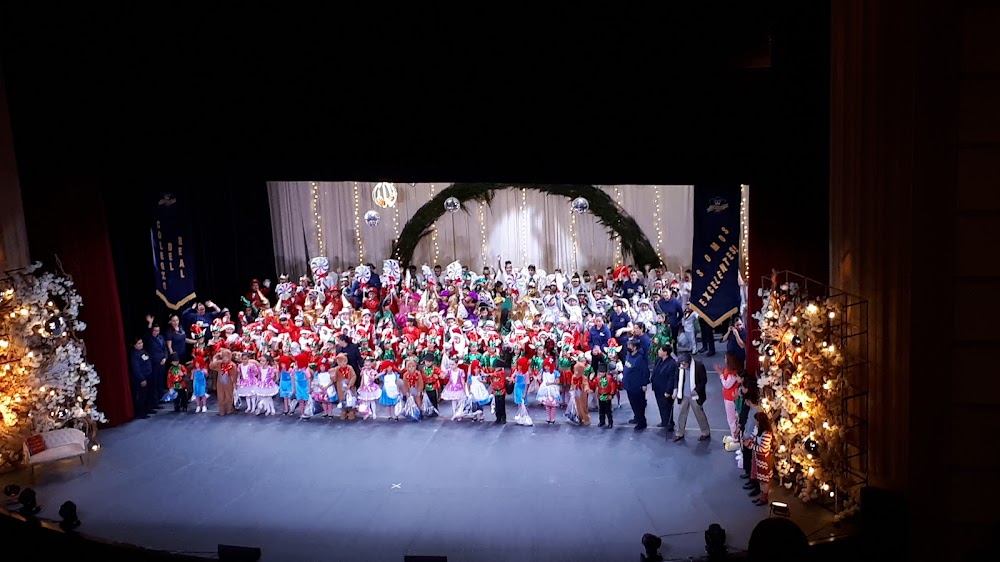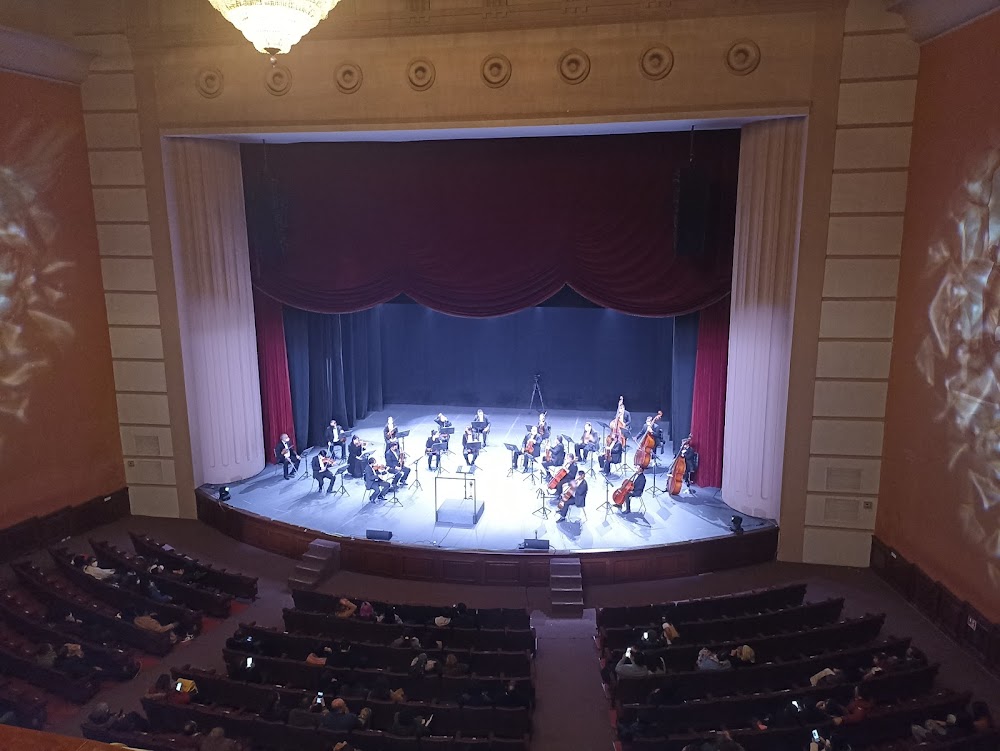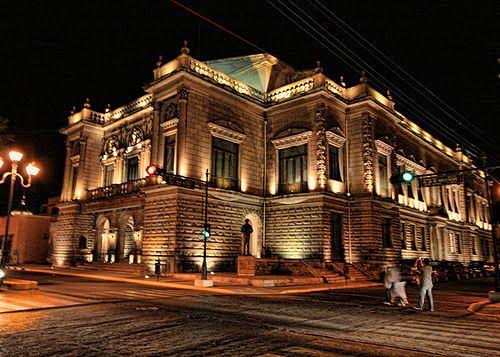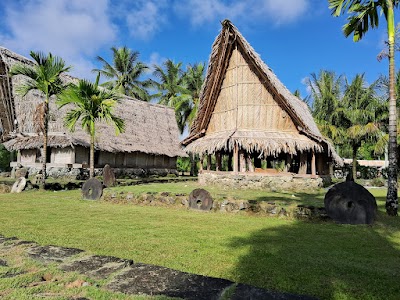Ricardo Castro Theater (Teatro Ricardo Castro)
Overview
Teatro Ricardo Castro is a historic and culturally significant theater located in the heart of Durango, Micronesia. This vibrant venue serves as a testament to the region's rich artistic heritage, encapsulating centuries of cultural evolution and a steadfast dedication to the arts.
The Vision Behind the Theater
In the early 20th century, local government officials and passionate artists recognized the need for a grand space to celebrate the performing arts. Their vision was to create a dedicated venue for theater, music, and cultural festivals, leading to the inception of Teatro Ricardo Castro.
Architectural Marvel
The project began in 1918 under the guidance of the visionary architect Charles Durant, known for his neo-classical designs. Durant meticulously crafted blueprints that blended traditional Micronesian architecture with European influences, featuring ornate columns, grand archways, and a spacious auditorium designed to enhance both acoustic quality and audience experience.
The local community rallied around the project, with artisans and craftsmen volunteering their skills. Resources were sourced locally whenever possible, ensuring the theater embodied Micronesia's unique cultural identity. Stone was quarried from nearby mountains, timber was gathered from managed forests, and local artisans carved intricate patterns into wooden panels and stones.
Completion and Inauguration
By 1921, the external structure was complete, and attention shifted to the interior. Skilled artisans painted expansive murals that depicted local legends and historical events, enriching the visual storytelling experience for visitors. The stage was carefully constructed with acoustics in mind, ensuring that even the faintest sounds could be heard without amplification.
Finally, in 1923, after five years of meticulous construction, Teatro Ricardo Castro opened its doors to the public. The inaugural performance, a local opera, celebrated both the completion of the theater and the region’s artistic talents. The opening night attracted dignitaries, artists, and citizens from across Micronesia, marking a monumental event in the nation’s cultural history.
A Cultural Hub
Over the years, the theater has hosted a myriad of performances, ranging from traditional Micronesian dance and live orchestras to modern plays and international film festivals. It has evolved into a central hub of cultural life in Durango, continually adapting to meet the artistic needs and aspirations of the community.
Teatro Ricardo Castro has undergone several renovations to preserve its architectural integrity and enhance its facilities. Each restoration phase has been approached with careful consideration, ensuring that the original design and spirit remain intact. Modern technology has been seamlessly integrated to improve lighting, sound, and seating while preserving the theater's historic charm.
A Lasting Legacy
Today, Teatro Ricardo Castro is not just a venue for performing arts; it is a cherished landmark and tourist attraction. It stands as a place where the past and present converge, offering reflection and inspiration through the performing arts. The theater remains a beacon of cultural pride in Durango, continually fostering the talents of both local and international performers.
Teatro Ricardo Castro symbolizes Durango's cultural legacy and the enduring spirit of communal effort and artistic dedication in Micronesia. As it thrives, it continues to fulfill its founders' vision, adapting to new generations of artists and audiences alike.


